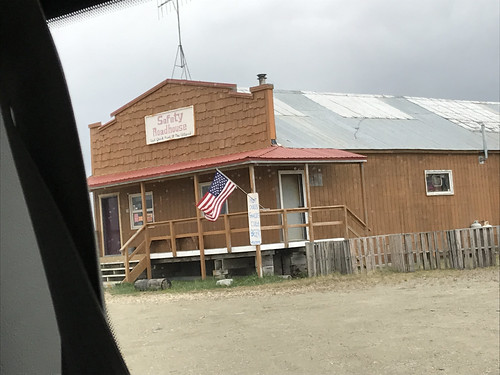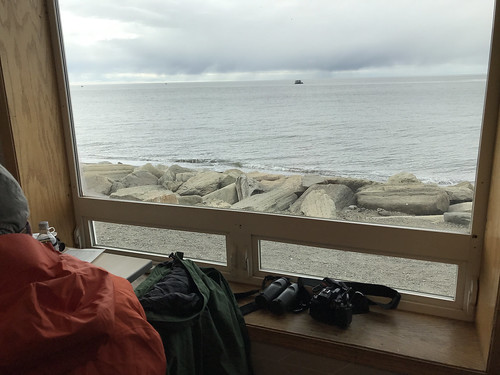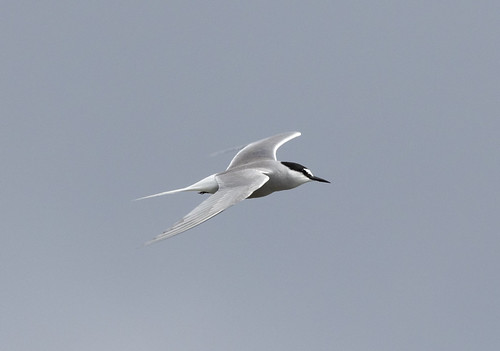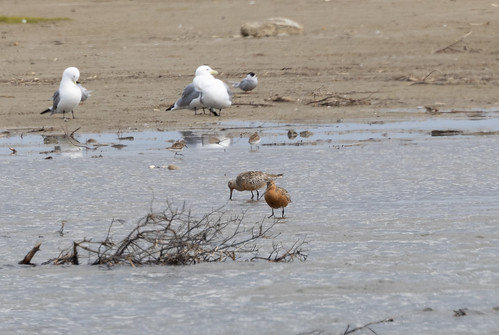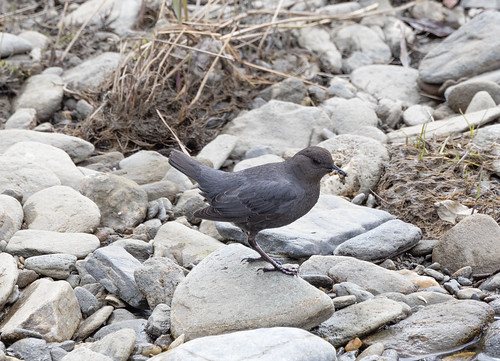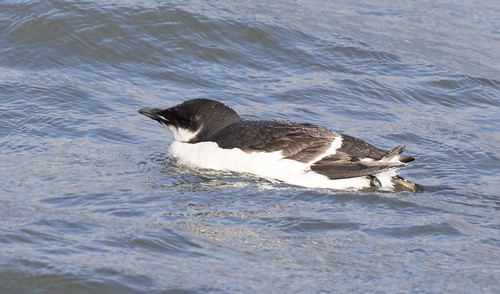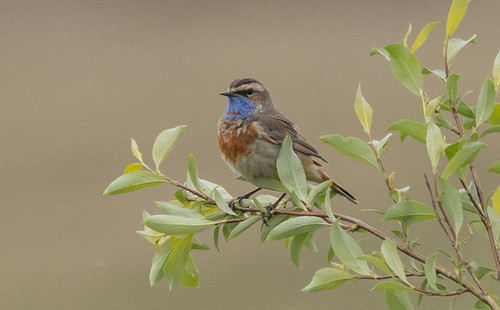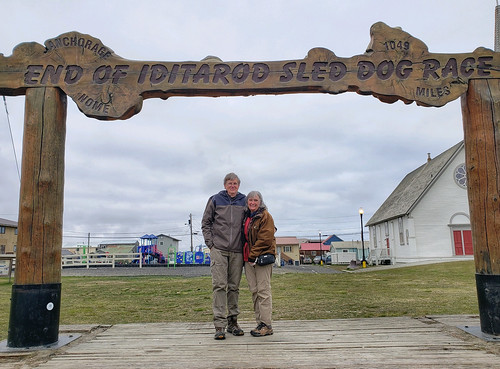 |
| Erik Bruhnke took this photo of Russ and me in Nome at the end of a long but triumphant day, when we saw the Bristle-thighed Curlew. |
At the height of the Gold Rush in 1900, Nome (on the southern shore of the Seward Peninsula in Norton Sound in the Bering Sea) was the largest village in Alaska, listed in the U.S. Census as having a population of 12,488. During the following decade, as the Gold Rush ebbed, Nome’s population dropped by almost 80 percent. The 1910 census listed just 2,600 residents, putting Nome behind Fairbanks in population. By 1920, after losing fully half of the Native population in the flu epidemic, only 852 residents remained. A hundred years later, Nome’s population in the 2020 census was 3,699, making it the 31st largest city in the state.
 |
| This Track My Tour map of the Seward Peninsula shows the three roads out of Nome. |
The saying may be “All roads lead to Rome,” but NO roads lead to Nome. Three gravel roads do connect Nome with tiny villages, but not a single highway or railroad line connects Nome with any larger city—to get there, you must travel by air, water, or sled dog.
Nome is of course famous as the destination where, in winter 1925, a relay of sled dogs carried ampules of diphtheria antitoxin to save Nome’s people during an outbreak. The only aircraft that could quickly deliver the medicine from Anchorage was frozen and would not start, so officials transported the serum north to Nenana by train, and then northwest to Nome via a relay of more than 20 sled dog teams. The famous Balto was among the team that made the final run to Nome, saving thousands of lives. The Iditarod sled dog race was inspired in part by that “Great Race of Mercy.”
The Iditarod makes its sentimental start in Anchorage with a great deal of fanfare, but that first leg of the race is purely symbolic, the time not counting until the race’s “restart” the next day, currently 80 miles north of Anchorage in Willow Lake. (Climate change threatens this: in 2015, due to unusually warm conditions and lack of snow, the restart was temporarily moved to Fairbanks.) I didn’t see the starting point in Anchorage, but our group passed the finish line in Nome several times, and one day we rode past the last checkpoint, at the Safety Roadhouse, on the Council Road.
We arrived in Nome on June 12 in late morning. While our two leaders, Barry and Erik, went to get the rental vans and the rest of us waited outside at the airport parking lot, we saw our first three Nome birds—a Long-tailed Jaeger and White-crowned Sparrow, both of which we saw over and over throughout the next four days, and a White Wagtail perched on a power line, right there in front of us for several minutes.
We figured it must be pretty common, so when we mentioned seeing it to Erik and Barry, we didn’t realize that it would be our group's only sighting, which the leaders missed! Oddly enough, the next day the two of them saw one that the rest of us missed.
We piled into the vans for the short ride to Nome's Subway restaurant, which doubles as the town’s movie theater.
We ate our lunches at tables looking out on the Bering Sea as rumbles from the new Jurassic Park movie leaked in, and then our group headed out to see what we could see a bit east of town at the mouth of the Nome River. In just a tiny hike here, I got my first two lifers of the trip—dainty and beautiful Aleutian Terns...
...and distant Bar-tailed Godwits.
We also saw lots of birds we'd see again, such as Red-throated Loons...
...Western Sandpipers...
...and Long-tailed Ducks.
One of the three gravel roads out of Nome, the Nome-Teller Road, runs northwest for 72 miles until it reaches the Inupiat village of Teller. For the remainder of our first afternoon in Nome, we birded the first 15 miles of this road, seeing our first musk oxen...
...and an American Dipper...
...as well as two more lifers for me—Arctic Warbler...
... and Bluethroat.
Then it was time to return to Nome, check into our hotel, and head to dinner.
That night I did something utterly unprecedented: I skipped an optional after-dinner birding outing to Cape Nome in search of a vagrant Brambling that had been hanging around. I’ve seen that species just once in my life, in February 1989 when one turned up in East Grand Forks. I'd have dearly loved to photograph one, but I was just too exhausted. As it turned out I didn’t miss anything unbearable—the handful of birders who did go saw neither the Brambling nor any other birds that the rest of us wouldn’t see later. The optional trip did yield an unusually bushy-tailed Red Fox that I’d have loved to see; I didn’t see a fox on the entire trip. Whether or not I saw new birds and mammals, though, it was disconcerting to stay back, making such a concession to the aging process. Fortunately, that was the only time I missed any birding opportunities on the entire trip.
We’d return to Cape Nome, the mouth of the Nome River, and Nome Harbor several times in the following days, when we'd get our only looks at a Slaty-backed Gull (along with more frequently seen Glaucous-winged Gulls)...
... and a lifer Thick-billed Murre.
We took a whole day each to bird the three roads out of Nome, but each deserves its own blogpost.
Nome is located 200 miles south of the Arctic Circle, making it the farthest north I’ve ever been in my life. And when we reached the 72.5 mile marker on the Kougarok Road on June 15, that became the farthest north I probably will ever be—we were closer to the Arctic Circle than Duluth is to the Twin Cities! Being there the week of the Solstice, we never did see any real darkness at night.
During the four days we spent in Nome, we saw or heard 114 species, of which 10 were lifers. This was a truly thrilling adventure I could never forget even without the 2,000 photos I took during those four days. As it is, I have those lovely memories AND a whole lot of pictures!
